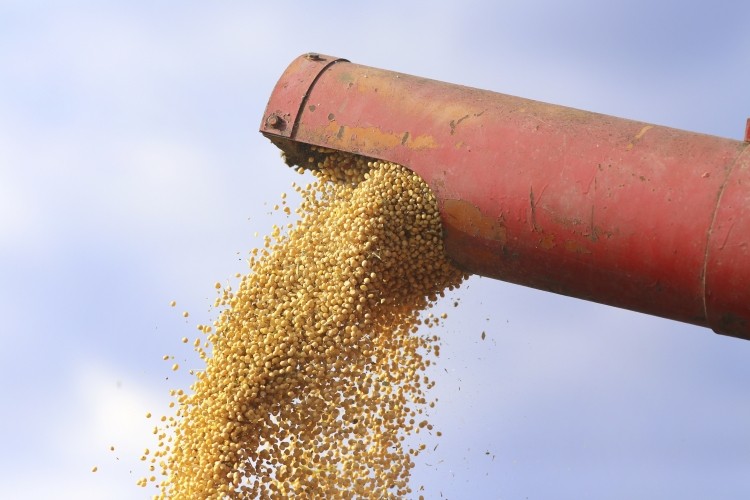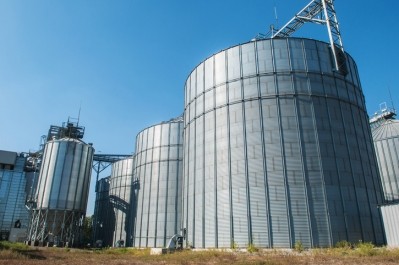US corn, soy markets rally as planted acres bring little surprise

Details on potential stocks, usage and an updated expectation of acres planted in different feed grains were included in the acreage and grain stocks reports released Friday (30 June) by the US Department of Agriculture (USDA).
Overall, the acres planted in the feed crops corn and soybeans were within the range expected by the market, said Jay O’Neil, instructor and IGP specialist in the department of grain science and industry at Kansas State University. However, the reaction from the market was more surprising.
“We read the report to see if there is a surprise that make makes the market go up or down, and in this report there was no surprise other than spring wheat acres,” he told us. “Everything else was in the range of traders’ expectations, corn was a little bearish at face value going into the report, and the soybeans and others – everything was pretty neutral, we’d not expect much reaction. But if you look at the Chicago Board of Trade, everything went up, especially soybeans – the surprise was the reaction.”
The change moved the soybean market over the 50-day moving average, he said. Looking forward attention will be on weather and rainfall in growing areas.
“There’s still concerns over weather issues for corn and soybeans,” he said. “Will they get the needed rainfall or will it be dryer? It’s back to a weather market and technical market.”
Corn and soybean planting
Overall, the area planted in corn in 2017 is estimated to have dropped 3% from last year to 90.9m acres, the USDA said. Corn stocks were up 11% from June 2016.
Acreage either shrank or remained unchanged in 38 of the 48 states involved in setting the estimate, the department said. The area that is expected to be harvested has fallen to 83.5m acres a decline of 4% from last year.
However, the amount of acres planted in corn grew from what was initially expected earlier in the year, said Todd Hubbs, clinical assistant professor of agricultural commodity markets at the University of Illinois. The stock numbers are large for the feed grain and there are concerns that ending stocks may grow.
Although use in feed has been strong, it has not reached the levels initially expected by the USDA meaning that feed and residual usage is lower than anticipated, he said. The domestic production of dried distillers grains (DDGS) and low price may mean that producers are turning to that as an alternative feed ingredient.
“We’ve ground so much corn for ethanol that we have a lot of DDGS, and they’ve been cheap this year,” he told FeedNavigator. Additionally, China has put an import tariff on DDGS from the US, which has limited the amount being exported there.
Acres planted in soybeans remains at a record level with 89.5m acres expected to see soybeans in 2017, the department said. Overall soybean stocks were up 11% from this point last year.
However, the increase in soybean acreage from the numbers released in March was not as large as some were anticipating, said Hubbs. “I think in the market people had priced more than that [growth] and when it didn’t materialize for the new crop soybeans that was a good signal,” he added.
“It’s still a really large soybean planted acres,” he said. “Last year’s yield was a record and it doesn’t look like we’re on pace to do that. Looking forward to 2017/18 crush we’ll have a decent 1.85bn bushels in crush, but export softened a little as Brazil’s crop seems to be growing every time someone reports on it.”
In terms of price predictions, at this point there could be some good opportunities, he said. “It could be a long summer of weather watching,” he added.
“Watch the yield projections, because if we start seeing below trend yields then prices will take a run,” said Hubbs. “Watch the weather and pay attention to how yield intentions and projections evolve.”
Wheat details
Total wheat acres planted for 2017 have dropped 9% from plantings in 2016, but overall wheat stocks were up 21%, the USDA said. The amount in production, 45.7m acres, is the smallest acreage since the department started tracking planting in 1919.
The area planted with winter wheat for 2017 was 32.8m acres, which also is a drop of 9% from the previous year, the department said. However, it is a slight increase from earlier estimates.
“Of this total, about 23.8m acres are hard red winter, 5.61m acres are soft red winter, and 3.42m acres are white winter,” the department added.
The overall area planted in spring wheat for 2017 is predicted to be about 10.9m acres, a 6% decline from 2016, the department said.
“Of this total, about 10.3m acres are hard red spring wheat,” the USDA said. “Durum planted area for 2017 is estimated at 1.92m acres, down 20% from the previous year.”














